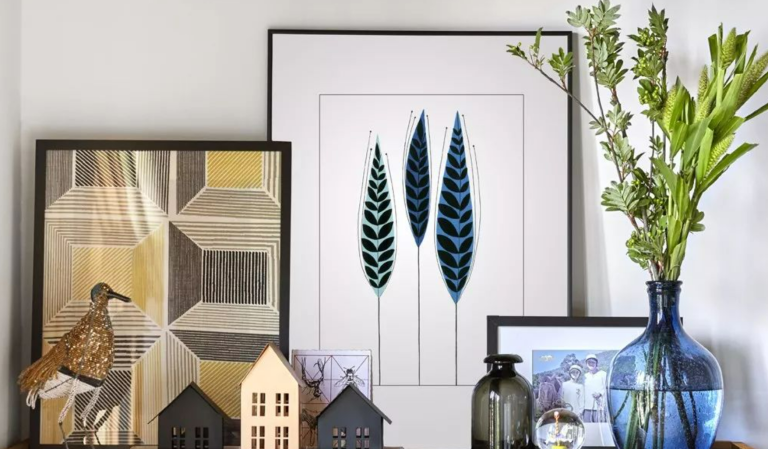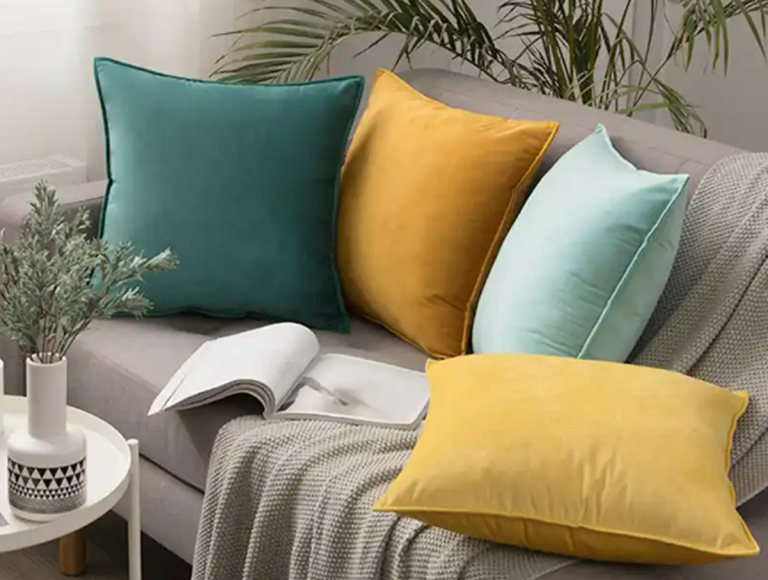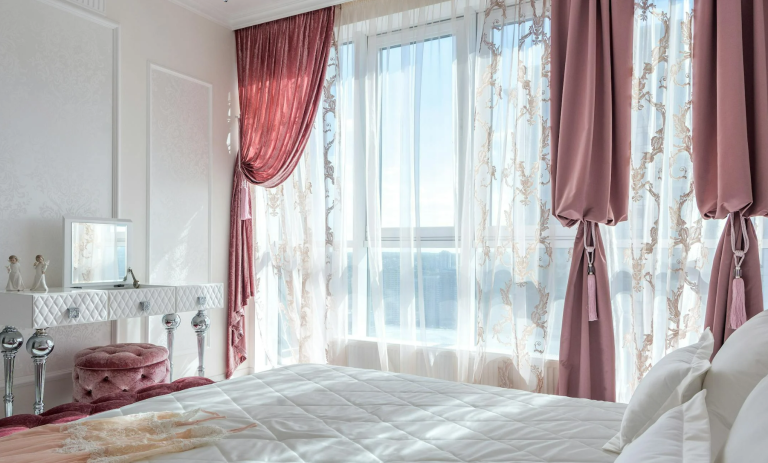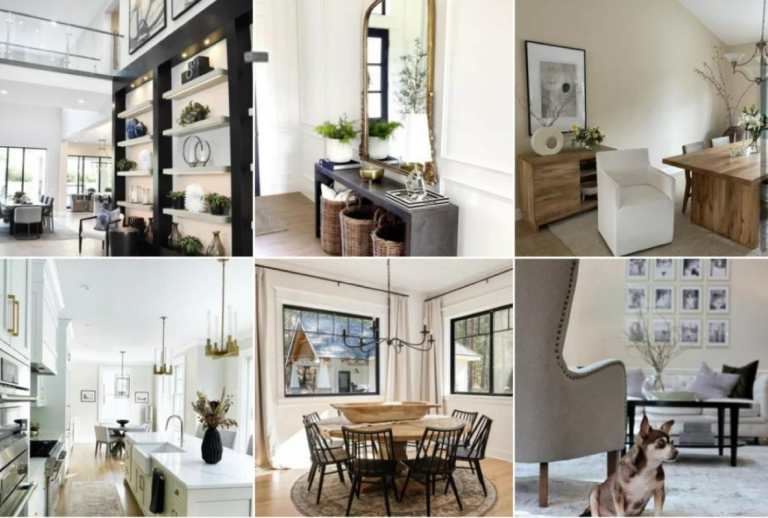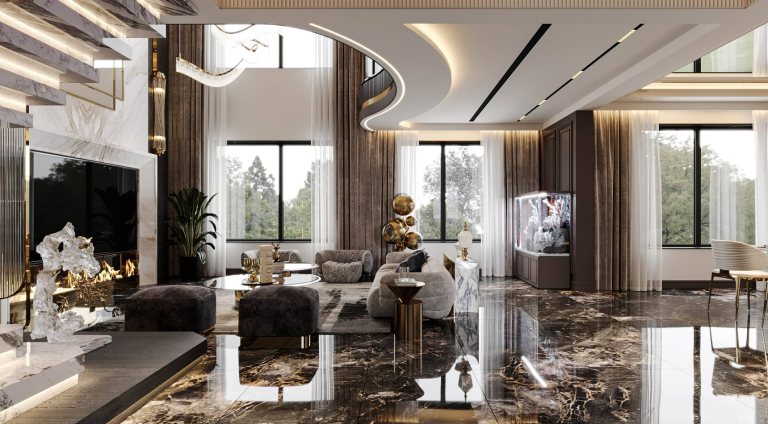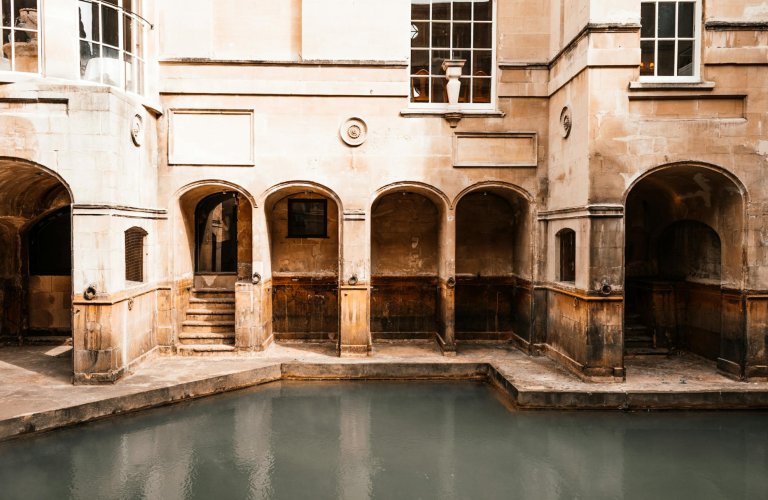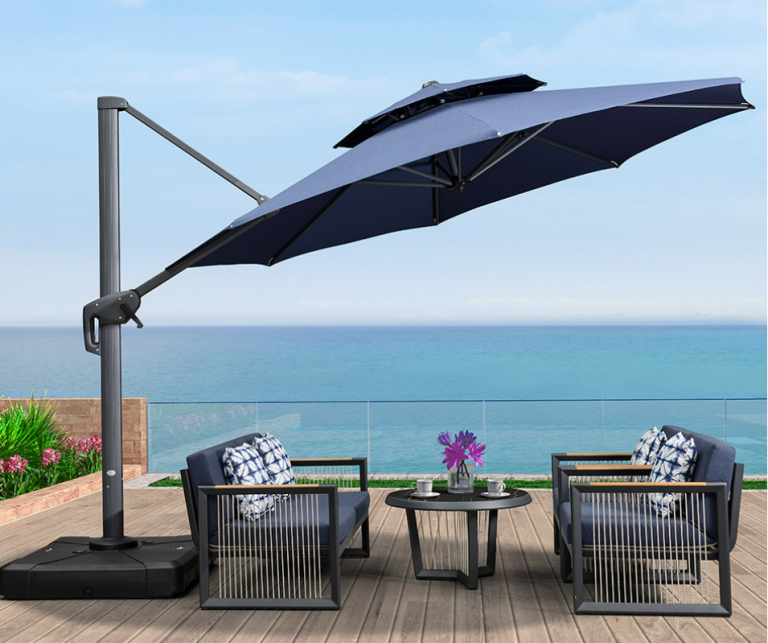

Lighting in Interior Decoration: Illuminating Your Cozy Home
Introduction: The Power of Lighting in Interior Design
Lighting is the unsung hero of interior design—it can make a room feel warm and inviting or cold and sterile. Beyond mere functionality, lighting shapes mood, perception, and even the perceived size of a space. Whether you’re aiming for a cozy reading nook or a dramatic dining area, the right lighting strategy can transform your home.
1. Understanding the Three Types of Lighting
Ambient Lighting: The Foundation
- Purpose: General illumination for overall visibility.
- Examples: Ceiling fixtures, chandeliers, recessed lights.
Task Lighting: Functionality First
- Purpose: Focused light for specific activities (reading, cooking).
- Examples: Desk lamps, under-cabinet lights, pendant lights over kitchen islands.
Accent Lighting: Drama and Focus
- Purpose: Highlights architectural features or decor.
- Examples: Track lighting for artwork, wall sconces, LED strips.
2. Choosing the Right Light Fixtures
Chandeliers and Pendant Lights
- Best for: Dining rooms, entryways, kitchen islands.
- Tip: Hang 30–36 inches above tables for optimal illumination.
Floor and Table Lamps
- Best for: Living rooms, bedrooms, home offices.
- Tip: Use three-point lighting (ambient + task + accent) for balance.
Recessed and Track Lighting
- Best for: Modern, minimalist spaces.
- Tip: Space recessed lights 4–6 feet apart for even coverage.
3. The Psychology of Light and Mood
Warm vs. Cool Light: Setting the Tone
| Light Temperature | Effect | Best For |
|---|---|---|
| Warm (2700K–3000K) | Cozy, relaxing | Bedrooms, living rooms |
| Cool (4000K–5000K) | Energizing, crisp | Kitchens, bathrooms, offices |
How Lighting Affects Perception of Space
- Low-hanging lights: Create intimacy.
- Uplighting: Makes ceilings appear higher.
4. Lighting by Room: A Room-by-Room Guide
Living Room: Layered and Inviting
- Ambient: Chandelier or recessed lights.
- Task: Floor lamp by the reading chair.
- Accent: Picture lights for artwork.
Bedroom: Soft and Relaxing
- Avoid overhead lights—opt for bedside lamps or wall sconces.
- Dimmer switches for adjustable brightness.
Kitchen: Bright and Functional
- Under-cabinet lighting for countertops.
- Pendant lights over islands for task lighting.
Bathroom: Flattering and Practical
- Vanity lights on either side of the mirror (not above!).
- Waterproof LED strips for a spa-like feel.
5. Natural Light: Maximizing Daylight
Window Treatments That Enhance Light
- Sheer curtains diffuse light beautifully.
- Light-colored blinds reflect sunlight inward.
Mirrors and Reflective Surfaces
- Place mirrors opposite windows to double natural light.
6. Smart Lighting: The Future of Home Illumination
Voice-Controlled and App-Enabled Lights
- Philips Hue, LIFX: Change colors and brightness via smartphone.
Color-Changing LEDs for Mood Lighting
- Warm white for evenings, cool white for mornings.
7. Energy Efficiency and Sustainability
LEDs vs. Incandescent: Pros and Cons
- LEDs: Last 25x longer, use 75% less energy.
- Incandescent: Warmer glow but inefficient.
Solar-Powered and Eco-Friendly Options
- Solar garden lights for pathways.
- Bamboo or recycled-material lampshades.
8. Common Lighting Mistakes to Avoid
Overlooking Dimmer Switches
- Essential for creating adaptable ambiance.
Poor Placement of Light Sources
- Avoid glare on screens or shadows in workspaces.
9. DIY Lighting Hacks for Instant Ambiance
Fairy Lights and String Lighting
- Drape over headboards, bookshelves, or mirrors.
Upcycling Lampshades and Bases
- Paint old lampshades or wrap them in fabric or washi tape.
10. The Role of Shadows in Interior Design
Creating Depth and Texture
- Use directional lights to cast interesting shadows.
11. Seasonal Lighting Adjustments
Cozy Warm Lights for Winter
- Amber-toned bulbs and candlelit vibes.
Bright, Airy Lighting for Summer
- Daylight LEDs and minimalist fixtures.
12. Lighting for Small Spaces
Illusion of Space with Strategic Lighting
- Wall-mounted lights free up surface space.
13. The Influence of Cultural Lighting Styles
Scandinavian Minimalism
- Clean lines, neutral tones, natural materials.
Moroccan Lanterns and Global Inspirations
- Pierced metal lanterns for patterned light effects.
14. The Future of Lighting Design
Biophilic Lighting: Bringing Nature Indoors
- LEDs that mimic sunlight for circadian rhythm support.
Conclusion: Crafting the Perfect Lighting Plan
Lighting is both art and science. Layer ambient, task, and accent lights, and don’t shy away from smart tech. Your home will thank you.
FAQs About Lighting in Interior Decoration
1. What’s the best light temperature for a living room?
2700K–3000K (warm white) for coziness.
2. How many lights should a room have?
At least three sources (ambient + task + accent).
3. Can I mix different light fixtures in one room?
Yes! Just keep finishes or styles cohesive.
4. What’s the best lighting for a home office?
Daylight LED desk lamp + overhead ambient light.
5. How do I reduce glare from overhead lights?
Use dimmers or indirect lighting (bounced off walls/ceilings).
